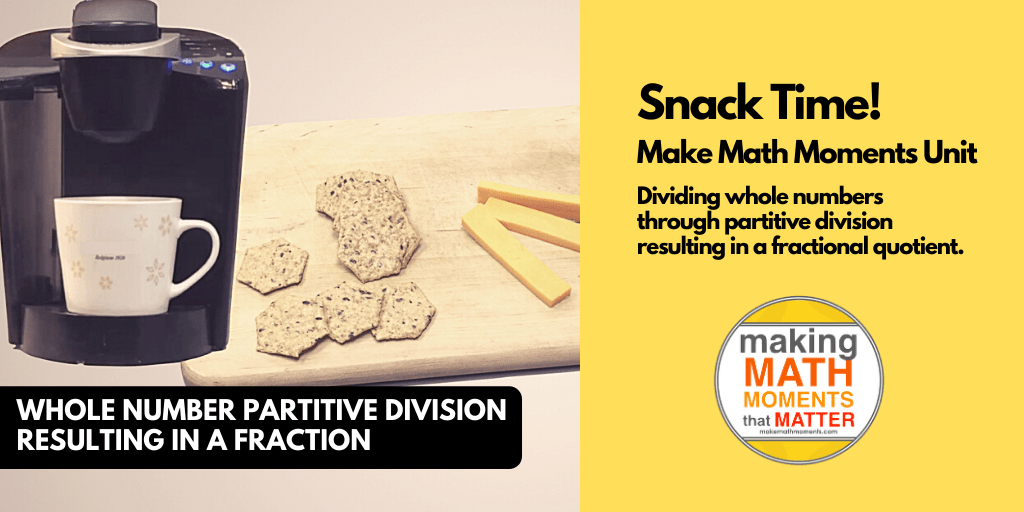How To Teach Algebra: The Distributive Property Progression with the Area Model (CRA)
“Ditch the algebra tiles!”
Many middle school and high school teachers will often eliminate the use of algebra tiles / mathematical models or in many more cases not even introduce them at all causing them to promote “ditch algebra tiles”.
We have to agree with this….. only…..
…. if those teachers are introducing tiles and other models without any explanation or demonstration of where those models come from or how they connect to previously learned models of multiplication then the models themselves become a sort of disjointed algorithm for students to memorize.
Many students already see math as sets of separate rules and procedures that have to be followed to get to correct answers. If teachers aren’t showing how mathematical models of multiplying are connected to algebra tiles in middle and high school then ….yes, ditch those tiles as they may be just another thing for students to memorize.
INSTEAD we should teach how the models are connected!
In this video you’ll learn how to introduce the distributive property in your middle school or high school classrooms; how and why the area model for multiplication must be built upon so that the distributive property in algebra class makes sense; and, how we can use the Concreteness Fading Model to connect multiplying algorithms to the area model.
Resources Related To The Video
- https://makemathmoments.com/concreteness-fading/
- Mathigon Polypad – The Distributive Property Progression
- Explore all of our real world problem based math lessons
- Become a member of the Make Math Moments Academy [Free for 30 Days]
Want to Run Problem Based Lessons Without a Hitch In Your Classroom?
Head over to the Make Math Moments 3-Part Framework page to dive right in or click below to download the guidebook to take with you!
DOWNLOAD THE 3-PART FRAMEWORK GUIDEBOOK

Why not bring the 3-Part Framework Guidebook with you?
Download the PDF so you can share with your professional learning network via print or email!
LESSONS TO MAKE MATH MOMENTS
Each lesson consists of:
Each Make Math Moments Problem Based Lesson consists of a Teacher Guide to lead you step-by-step through the planning process to ensure your lesson runs without a hitch!
Each Teacher Guide consists of:
- Intentionality of the lesson;
- A step-by-step walk through of each phase of the lesson;
- Visuals, animations, and videos unpacking big ideas, strategies, and models we intend to emerge during the lesson;
- Sample student approaches to assist in anticipating what your students might do;
- Resources and downloads including Keynote, Powerpoint, Media Files, and Teacher Guide printable PDF; and,
- Much more!
Each Make Math Moments Problem Based Lesson begins with a story, visual, video, or other method to Spark Curiosity through context.
Students will often Notice and Wonder before making an estimate to draw them in and invest in the problem.
After student voice has been heard and acknowledged, we will set students off on a Productive Struggle via a prompt related to the Spark context.
These prompts are given each lesson with the following conditions:
- No calculators are to be used; and,
- Students are to focus on how they can convince their math community that their solution is valid.
Students are left to engage in a productive struggle as the facilitator circulates to observe and engage in conversation as a means of assessing formatively.
The facilitator is instructed through the Teacher Guide on what specific strategies and models could be used to make connections and consolidate the learning from the lesson.
Often times, animations and walk through videos are provided in the Teacher Guide to assist with planning and delivering the consolidation.
A review image, video, or animation is provided as a conclusion to the task from the lesson.
While this might feel like a natural ending to the context students have been exploring, it is just the beginning as we look to leverage this context via extensions and additional lessons to dig deeper.
At the end of each lesson, consolidation prompts and/or extensions are crafted for students to purposefully practice and demonstrate their current understanding.
Facilitators are encouraged to collect these consolidation prompts as a means to engage in the assessment process and inform next moves for instruction.
In multi-day units of study, Math Talks are crafted to help build on the thinking from the previous day and build towards the next step in the developmental progression of the concept(s) we are exploring.
Each Math Talk is constructed as a string of related problems that build with intentionality to emerge specific big ideas, strategies, and mathematical models.
Make Math Moments Problem Based Lessons and Day 1 Teacher Guides are openly available for you to leverage and use with your students without becoming a Make Math Moments Academy Member.
Use our OPEN ACCESS multi-day problem based units!
Make Math Moments Problem Based Lessons and Day 1 Teacher Guides are openly available for you to leverage and use with your students without becoming a Make Math Moments Academy Member.
Partitive Division Resulting in a Fraction
Equivalence and Algebraic Substitution
Represent Categorical Data & Explore Mean
Downloadable resources including blackline masters, handouts, printable Tips Sheets, slide shows, and media files do require a Make Math Moments Academy Membership.
Use our OPEN ACCESS multi-day problem based units!





Trackbacks/Pingbacks